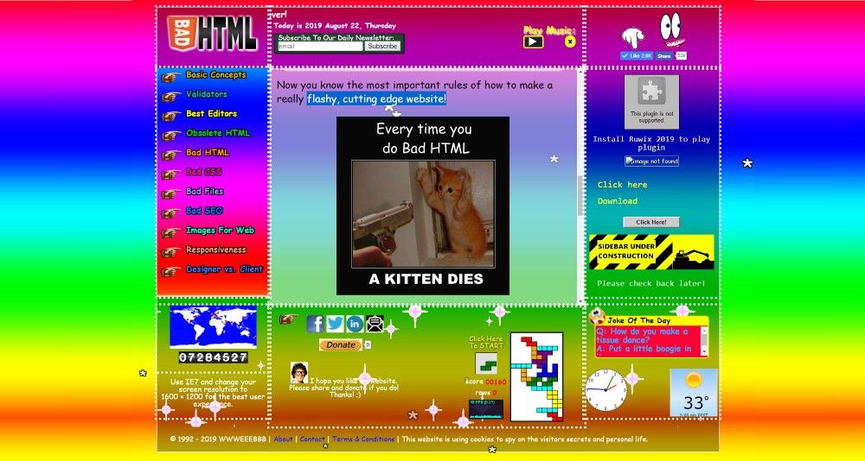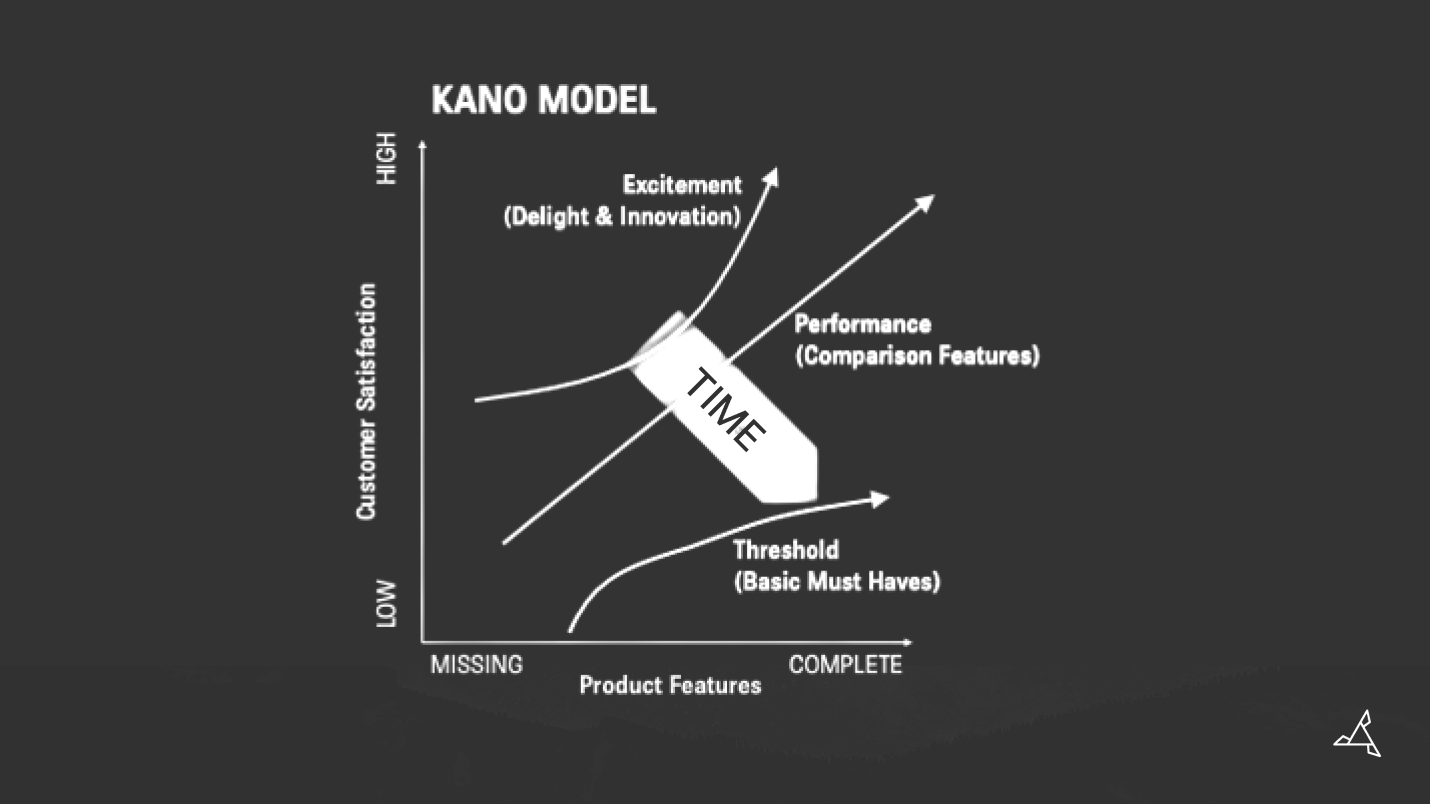Experience Debt

At San Digital, we consider both technical and experience debt as part of any strategy or delivery. We talk with our customers about the debt they have, any debt they are building up, and the debt they want to pay off, so they get the outcomes they need to deliver the value they want.
We’re familiar with tech debt: yesterday’s answers to yesterday’s problems that reach forward in time to hamper our efforts to design for a better now. The clunky workarounds, extra code, imposed limitations; the fragility of the legacy integrations, and the ticking time-bomb of no longer being supported. It’s a lengthy list of suboptimal development experiences.
But technology isn’t the only thing that carries its legacy ball-and-chain around with it. The customer experience is equally prone to gathering debt. Partly, that’s our own fault. ‘Can you just-ism’ is almost always additive. Can you just add this field? Can you just add this page? Can you just add this funky animation? When do you get asked ‘oh just remove that, we don’t need it anymore’. Even if you don’t, the tendency is to keep, just in case. So, features add up, and in doing so they bend and distort and ultimately break the experience. Like a garden that was once pristine in its fresh design, it’s now gone to seed with weeds growing in the cracks.
Even if extra features and functionality weren’t loaded up into the existing design, who could resist having a second, better idea than the first implementation? To tinker is human.
What’s worse, the product design is now so feature-rich and embedded in the wider ecosystem that it is now too expensive and difficult to rewrite or start afresh.
But we are also victims of our customer’s constantly rising expectations. The Kano model, developed by Noriaki Kano way back when the PC was still young, 1984, is a method of classifying features by how much they impress the customer. Threshold features must be there otherwise it can’t really be called an [insert product type]. Wheels on a car are a threshold feature; without them, it’s not really a car. Performance features are those things we measure against when we are making like-for-like comparisons. Do your wheels have alloys is a performance feature for those susceptible to bling. Finally, excitement attributes are the unexpected surprises that delight and get customers to become social media brand ambassadors for you.

Which is a nice system for thinking about your customer’s reactions to your features. But the twist is time. Over time, excitement features become less exciting and soon crossover to become straightforward performance features. And performance features descend into threshold ones. I still recall the first time I checked into a hotel with the internet (via ethernet cable). Soon I would select hotels by their internet availability. Now, unless I’m seeking some sort of digital detox (never happens) what hotel isn’t connected?
Stay mindful of both tech debt and experience debt. It is often necessary. Frequently unavoidable. And usually costs less to implement than any of the alternatives … at the time. Build up your debt consciously, knowing at some point it will come back to demand repayment. Minimise your debt decisions where possible, so you don’t build it up too fast. And repay it before your experience becomes bankrupt.
Let’s do something great